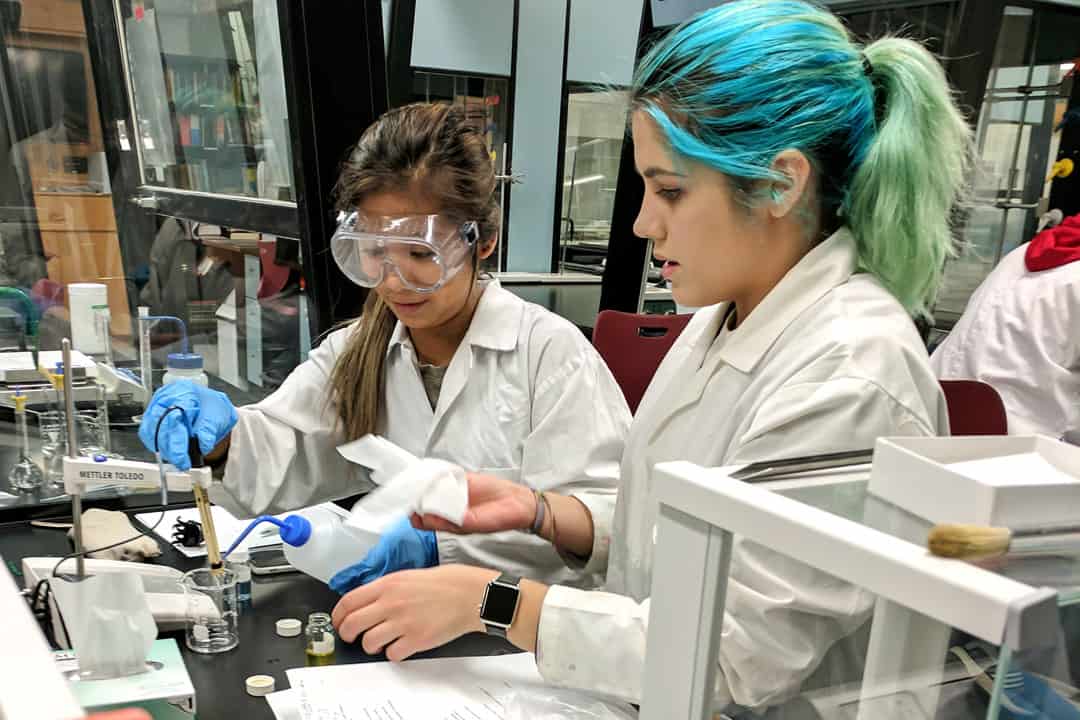The forensic science program at UTM will be offering two new special topics courses this upcoming semester: FSC350H5, LEC0103: Missing Persons DVI and Unidentified Human Remains, and FSC350H5, LEC0104: DNA Typing using Massively Parallel Sequencing. Both will be taught by Assistant Professor Nicole Novroski, who is a new faculty member in the program.
Novroski is a forensic geneticist and biologist from the Center for Human Identification at the University of North Texas Health Science Center. Her role at UTM is to further develop the forensic biology stream.
“I wanted to ensure that the two new courses… will shed light on the current state of forensic biology. Where is the discipline now? What can we do better? Where is the future taking us?” wrote Novroski in an email to The Varsity.
FSC350H5, LEC0104 will focus mainly on the use of Massively Parallel Sequencing (MPS), also known as next-generation sequencing. This technique looks at both the length and the sequence of the DNA fragment, which allows researchers to simultaneously characterize multiple DNA sequences. This technique is useful in forensic science, cancer genomics, microbial genomics, drug development, and more.
FSC350H5, LEC0103 will teach various components of a forensic investigation. Novroski thinks this will appeal to most forensic scientists because “Missing Persons cases are usually multidisciplinary.”
Topics in the course will involve interactions between numerous fields of science and anthropology. The collective knowledge from these fields will help in identifying and databasing missing persons and unidentified human remains. The course will have guest speakers, like Royal Canadian Mounted Police and Ontario Provincial Police officers, who will share their experiences and how they carry out investigations.
Novroski hopes “to get a broad audience of students in this course who will bring unique perspectives and contributions to the class discussions.”
As the first of its kind to be offered in Canada, the forensic science program at UTM has developed important ties with forensic science institutions around the world. This allows students to gain research and work experience in their undergraduate careers.
The program is intended to offer students an understanding of scientific analyses, theories, laboratory skills, applications, and field techniques, all the while emphasizing one of these areas in greater detail.
UTM’s program offers a variety of other courses, such as ethics and professionalism, forensics identification, forensic chemistry, and forensic biology.
Agata Gapinska is a laboratory technician for multiple forensics identification courses, as well as forensic chemistry and advanced toxicology.
“In the first semester the students learn the basic fingerprinting techniques, where we focus on non porous surfaces (glass, vinyl, plastic, metal) and the students use different powders (granular and magnetic) to develop, label and lift the fingerprint impressions,” wrote Gapinska in an email to The Varsity.
Students then move onto more challenging cases that involve absorbed fingerprints, using chemicals to visualize them.
Students enrolled in forensic chemistry courses participate in unique lab sessions, such as gunshot residue analysis, in which evidence is analyzed to determine if gunshot residue is present. There is also a fire debris analysis, in which a room is deliberately set on fire and students gather evidence to analyze and determine the source of the fire. Another interesting experiment is ethanol concentration determination, which mimics the procedures for determining if a driver is impaired.
To create a more real-life scenario, FSC407: Forensic Identification Field School uses the last two weeks of summer to create crime scenes in UTM’s crime house for students to earn practical exposure. Students in many courses also come together to participate in a mock court at the end of the semester.
“These are the exact techniques and skills used in the field,” wrote Gapinska.


